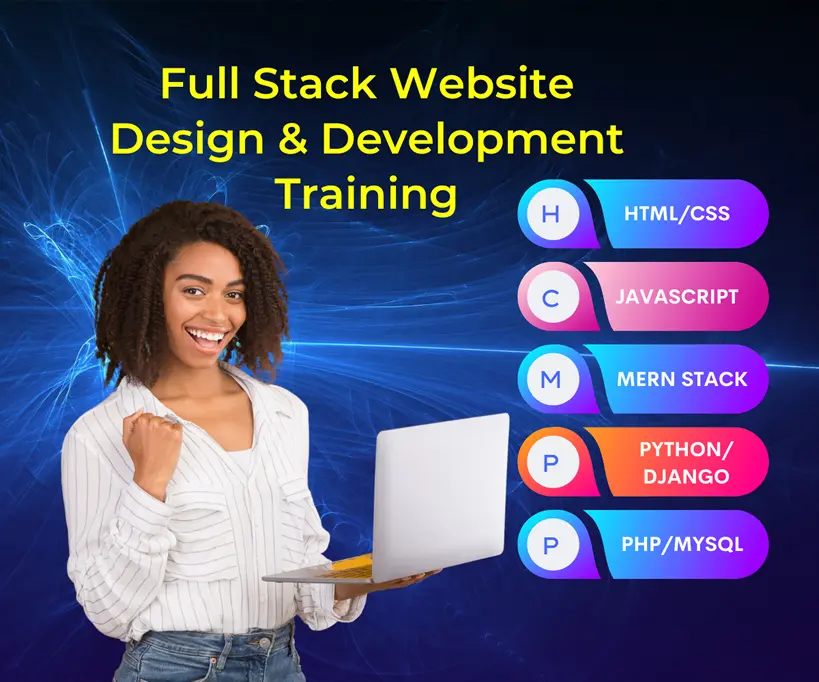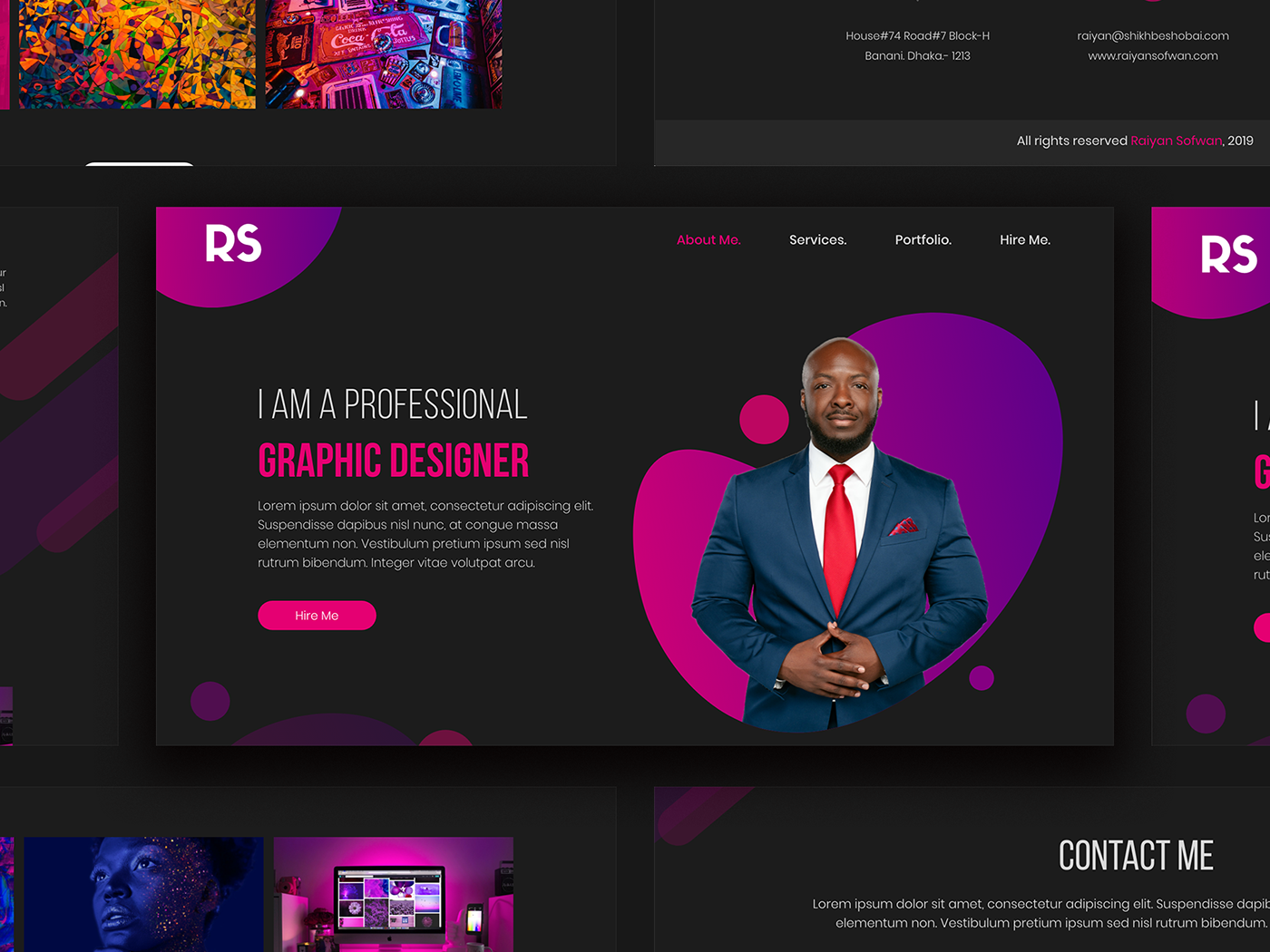Website Designers: Developing Visually Magnificent and Functional Websites
Website Designers: Developing Visually Magnificent and Functional Websites
Blog Article
Opening the Secrets to Outstanding Internet Site Layout for Shopping Success
In the realm of ecommerce, the design of a site is a crucial aspect that can either make or damage its success. A well-crafted site has the power to astound visitors, drive conversions, and ultimately foster a faithful customer base. Accomplishing exceptional site style for ecommerce requires more than simply visual allure-- it calls for a critical combination of user-centric concepts, conversion-focused layouts, instinctive navigating, engaging visuals, and a mobile-first strategy. Just how these components intertwine to open the secrets of ecommerce success is a diverse puzzle waiting to be unraveled.

User-Centric Style Principles
Implementing user-centric style concepts is paramount for creating a smooth and user-friendly shopping system that provides to the needs and preferences of online shoppers. By focusing on the customer experience, businesses can boost client complete satisfaction, boost interaction, and drive conversions. User-centric style concentrates on understanding the actions, inspirations, and goals of individuals to establish a site that satisfies their assumptions effectively.
One basic aspect of user-centric style is usability. Sites must be very easy to browse, with clear food selections, user-friendly search functionalities, and simple checkout processes. Streamlining the individual trip can decrease bounce prices and raise the chance of repeat brows through. In addition, responsive style is important to make sure that the shopping platform comes throughout different tools, offering a regular experience for customers despite the display size - Website Designers.
Personalization is one more crucial element of user-centric design. By leveraging information analytics and individual insights, services can tailor the site web content, product suggestions, and promotional offers to individual preferences, enhancing relevance and interaction. Eventually, incorporating user-centric style concepts can set businesses apart in the affordable ecommerce landscape and foster long-lasting consumer loyalty.

Conversion-Optimized Layouts
Exactly how can calculated layout design enhance conversion rates on e-commerce websites? Conversion-optimized formats are important in guiding users with the acquiring trip seamlessly. A well-balanced design can significantly affect individual actions and boost the probability of an effective conversion.
One secret element of a conversion-optimized format is intuitive and clear navigating. By making sure that site visitors can quickly locate what they are trying to find, whether it be product categories, search bars, or filters, you minimize the risk of them leaving your website without making an acquisition. Furthermore, strategically putting call-to-action switches such as 'Add to Cart' or 'Buy Now' can prompt customers to take the desired action quickly.
Moreover, enhancing the layout for mobile responsiveness is crucial in today's electronic landscape. With a growing number of customers going shopping on mobile tools, having a design that adjusts seamlessly to various screen sizes and resolutions can improve the total user experience and drive conversions.
Smooth Navigation Methods
Reliable e-commerce internet sites that prioritize conversion-optimized formats recognize that seamless navigating methods play a crucial duty in directing customers towards effective deals. Additionally, integrating a famous search bar allows individuals to promptly locate products, even more improving the general navigating experience.
An additional necessary element of smooth navigating is using breadcrumb trails, which reveal individuals their existing place on the site and provide very easy access to previous web pages. This feature aids customers backtrack if needed and enhances overall navigation effectiveness. Purposefully positioned call-to-action switches and web links straight customers towards important web pages such as product descriptions, going shopping carts, and checkout, enhancing the course to conversion. By incorporating these navigating approaches, shopping websites can create a smooth and user-friendly browsing experience that motivates users to complete their transactions (Website Designers).
Engaging Aesthetic Branding
Crafting a compelling aesthetic brand identity is vital for developing a solid on the internet visibility in the competitive shopping landscape. Engaging visual branding exceeds just having a logo design; it includes making use of shades, typography, imagery, and overall design uniformity to create a unforgettable and cohesive brand picture. When carried out efficiently, visual branding can assist ecommerce services attract attention from rivals, develop brand name acknowledgment, and foster depend on with clients.
One key aspect of involving visual branding is consistency across all touchpoints (Website Designers). From the website design to social media sites blog posts and advertising and marketing materials, maintaining an unified aesthetic language helps reinforce brand name identity and develop a smooth experience for customers. Additionally, leveraging aesthetically enticing web content such as top directory notch images and video clips can catch the focus of visitors and interact brand name worths effectively
Including narration aspects right into aesthetic branding can also develop a deeper link with consumers by sharing the brand name's objective, values, and one-of-a-kind marketing suggestions in a visually enticing and compelling way. By concentrating on producing a visually natural and impactful brand identification, e-commerce organizations can improve their on the internet visibility and drive success in the digital marketplace.
Mobile-First Method
Executing a mobile-first approach is crucial for maximizing the customer experience and optimizing reach in today's ecommerce landscape. With the exponential growth of smart phone usage, guaranteeing browse this site that your shopping site is not just mobile-responsive but additionally prioritizes mobile individuals' needs is paramount. Mobile-first layout involves developing a website beginning with the smallest screen dimension and after that scaling up to bigger tools, ensuring a smooth experience across all systems.
Conclusion
Finally, the secret to attaining shopping success exists in implementing user-centric design concepts, conversion-optimized formats, seamless navigating approaches, involving visual branding, and a mobile-first strategy. By concentrating on these crucial components, companies can produce remarkable websites that attract and maintain clients, ultimately leading to boosted sales and development. It is necessary for ecommerce sites to focus on the customer experience and layout aspects in order to stand out in the affordable on-line market.
In addition, receptive layout is critical to ensure that the e-commerce system is accessible across different devices, giving a regular experience for customers regardless of the display dimension.
Reliable ecommerce sites that prioritize conversion-optimized layouts recognize that smooth navigating approaches play an essential function in directing individuals towards effective purchases. By integrating these navigating approaches, e-commerce internet sites can develop a instinctive and smooth browsing experience that encourages customers to finish their deals.
With the exponential growth of mobile device usage, guaranteeing that your e-commerce website is not only mobile-responsive but additionally prioritizes mobile users' needs is extremely important. reference It is vital for e-commerce internet sites to focus on the user experience and design facets in order to stand out in the competitive on the internet market.
Report this page